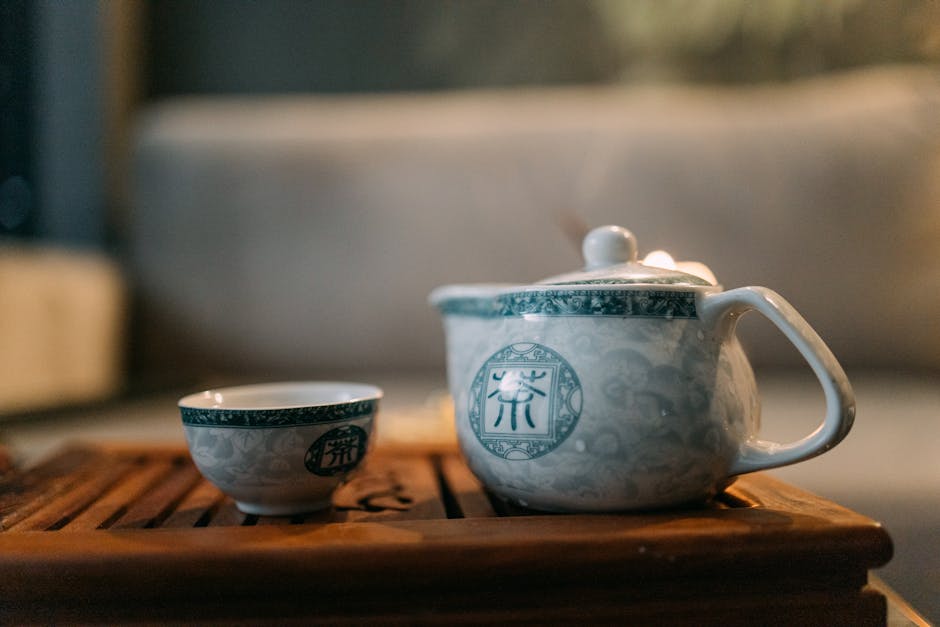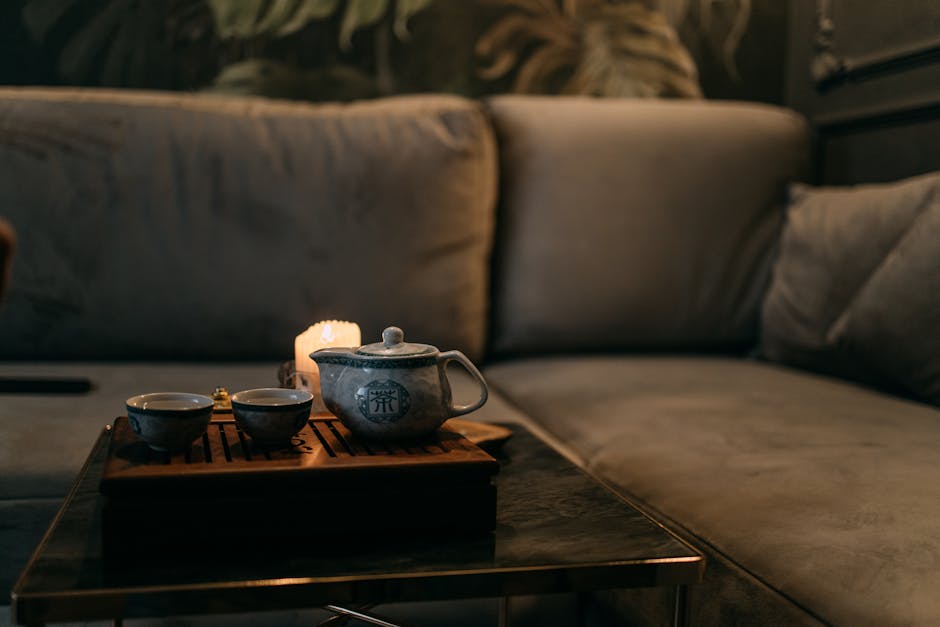Are you tired of slipping and sliding on your wood floor? Do you fear that one wrong step could lead to a painful fall? Well, fear no more! In this guide, we will explore the various methods and techniques to make your wood floor less slippery, ensuring a safer and more secure walking surface for you and your loved ones.
Wood floors are undeniably beautiful, but their smooth and polished surface can become a hazard, especially when wet or in high traffic areas. Whether you have children, elderly family members, or simply want to prevent accidents, it’s crucial to take proactive measures to reduce the slipperiness of your wood floor. From simple DIY solutions to professional treatments, we’ll delve into the most effective strategies that will give you peace of mind and confidence when walking on your wood floor. So, let’s get started and put an end to those slippery mishaps once and for all!
How to make a wood floor less slippery:
- Remove any wax or polish buildup using a wood floor cleaner.
- Apply an anti-slip coating or solution specifically designed for wood floors.
- Use rugs or mats with non-slip backing in high-traffic areas.
- Consider applying an extra coat of polyurethane to increase traction.
- Regularly clean the floor with a mop or cloth to remove any dust or debris that could make it slippery.

How to Make a Wood Floor Less Slippery
Wood floors are a beautiful addition to any home, but they can sometimes be slippery, especially when wet. This can be a safety hazard, especially for young children and the elderly. Luckily, there are several steps you can take to make your wood floor less slippery and prevent accidents. In this article, we will guide you through the process, providing you with step-by-step instructions.
Step 1: Clean the Floor
The first step in making your wood floor less slippery is to ensure it is clean. Begin by sweeping or vacuuming the floor to remove any loose dirt or debris. Once you have done that, use a mop or a microfiber cloth dampened with warm water and a gentle wood floor cleaner to remove any sticky residue or grime. Avoid using excessive water as it can seep into the wood and cause damage. Make sure to dry the floor thoroughly before moving on to the next step.
Step 2: Apply an Anti-Slip Treatment
An effective way to reduce slipperiness on your wood floor is to apply an anti-slip treatment. There are various products available in the market specifically designed for this purpose. Before applying any treatment, read the instructions carefully and ensure it is suitable for your type of wood floor. Typically, these treatments come in the form of sprays or liquids that can be applied using a mop or a microfiber cloth. Follow the manufacturer’s guidelines and apply the treatment evenly across the entire floor surface. Allow it to dry completely before walking on the floor.
Step 3: Use Non-Slip Rugs or Mats
Another way to enhance the safety of your wood floor is by using non-slip rugs or mats. Place them strategically in areas prone to slips and falls, such as entryways or areas near sinks. These rugs or mats often have a rubberized backing that provides traction and prevents them from sliding. Make sure to choose rugs or mats that complement your interior decor and are the right size for the area you want to cover. Regularly clean and maintain these rugs or mats to ensure their effectiveness in reducing slipperiness.
Step 4: Maintain Proper Floor Care
Proper maintenance of your wood floor is essential for preventing slipperiness. Avoid using wax or polish on the floor as these can make it even more slippery. Instead, opt for a wood floor cleaner recommended by the manufacturer. Regularly sweep or vacuum the floor to remove dirt and debris that can contribute to slipperiness. Wipe up any spills or liquid immediately to prevent them from seeping into the wood and causing damage. Additionally, be cautious when wearing shoes with hard or slippery soles, as they can increase the risk of slipping. Encourage household members and guests to remove their shoes upon entering your home to minimize the potential for accidents.
Step 5: Consider a Professional Assessment
If you have followed the previous steps and your wood floor remains slippery, it may be worth considering a professional assessment. A flooring expert can inspect your floor and identify any underlying issues that could be contributing to the slipperiness. They may recommend additional treatments or modifications to improve the safety of your wood floor. Consulting a professional will ensure you receive expert advice tailored to your specific situation.
Step 6: Regularly Monitor and Maintain
Lastly, it’s important to regularly monitor and maintain the slip resistance of your wood floor. Over time, the effectiveness of anti-slip treatments may diminish, and rugs or mats may wear out. Stay vigilant and replace or reapply these measures as needed to maintain a safe and slip-resistant wood floor. By taking proactive steps and staying on top of maintenance, you can enjoy the beauty of your wood floor without compromising safety.
Frequently Asked Questions
Here are some commonly asked questions about how to make a wood floor less slippery:
Q: What causes a wood floor to be slippery?
There are several factors that can contribute to a wood floor being slippery. One of the main reasons is the type of finish or sealer used on the floor. Certain finishes can create a smooth surface that is more prone to being slippery. Additionally, dust, dirt, or other debris on the floor can also make it slippery to walk on.
To prevent slips and falls, it is important to address these factors and take appropriate measures to make the wood floor less slippery.
Q: How can I make my wood floor less slippery?
There are several methods you can try to make a wood floor less slippery. One option is to use an anti-slip floor coating or sealer. These products are specifically designed to add traction to the surface and reduce the risk of slipping. Another option is to place rugs or mats in high-traffic areas to provide a more secure footing.
Regularly cleaning the floor to remove dust and debris can also help reduce slipperiness. Additionally, you can consider using non-slip products on the bottom of your shoes to enhance traction when walking on the wood floor.
Q: Are there any home remedies to make a wood floor less slippery?
Yes, there are a few home remedies you can try to make a wood floor less slippery. One method is to mix equal parts of vinegar and water and use the solution to mop the floor. Vinegar has a natural cleaning and degreasing property that can help remove any residue or buildup that might be causing slipperiness.
Another home remedy is to sprinkle a small amount of baking soda on the floor and then mop it with a damp cloth or mop. Baking soda can help absorb any oils or substances on the surface that could be making the floor slippery.
Q: Can I sand the wood floor to make it less slippery?
Sanding the wood floor can be an effective way to make it less slippery. By sanding the surface, you remove the smooth finish or sealer that might be causing slipperiness. However, it is important to note that sanding can also alter the appearance of the wood, so it should be done with caution.
If you decide to sand the floor, it is recommended to seek professional help or follow proper instructions to ensure the best results and avoid any damage to the wood.
Q: Should I use wax on my wood floor to reduce slipperiness?
Using wax on a wood floor can provide some added traction and reduce slipperiness. However, it is important to choose the right type of wax that is specifically formulated for wood flooring. Applying too much wax or using the wrong type can result in a buildup that actually makes the floor more slippery.
Before applying wax, it is recommended to thoroughly clean the floor and remove any existing wax or residue. It is also advisable to follow the manufacturer’s instructions and test a small area before applying wax to the entire floor.

Remember to start by thoroughly cleaning and drying the floor, as this will eliminate any surface contaminants that may contribute to its slipperiness. Additionally, applying an anti-slip finish or using rugs and mats in high-traffic areas can provide an extra layer of traction and stability. Lastly, regular maintenance, such as fixing loose boards or refinishing the surface when needed, will help to ensure the long-term safety and durability of your wood floor. With these strategies in place, you can enjoy the beauty of your wooden flooring with confidence, knowing that you have taken the necessary steps to make it less slippery.
- How to Remove Glue From Wood Floor - April 14, 2024
- How to Dissolve Wood Glue - April 14, 2024
- How to Remove Wood Glue - April 14, 2024